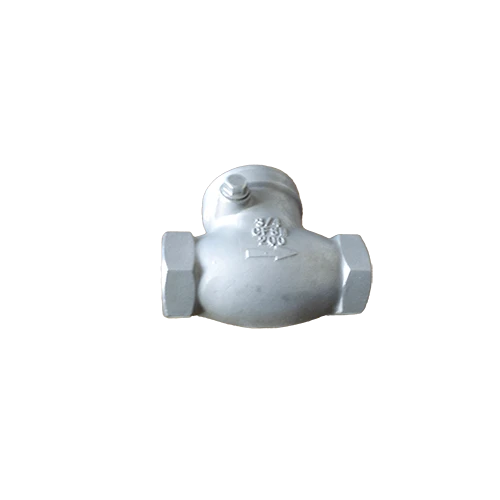Mobile:+86-311-808-126-83
Email:info@ydcastings.com
pump casing
Understanding Pump Casing Its Importance and Design Considerations
In the world of fluid mechanics, pumping systems serve critical roles across various industries, from water supply and sewage systems to oil and gas extraction. Central to the functionality of any pump is its casing, which serves not only as a physical barrier but also as a vital component that influences the pump's performance, efficiency, and longevity. This article explores the significance of pump casing, its various designs, materials, and key considerations that engineers must take into account during the design and selection process.
The Role of Pump Casing
Pump casing is the outer shell or covering that encases the internal components of a pump, such as the impeller and volute. It serves several critical functions
1. Protection The casing protects internal components from environmental factors, corrosive substances, and physical damage. An effective casing extends the service life of a pump by shielding it from wear and tear.
2. Fluid Containment The primary role of the casing is to contain the fluid being pumped and to ensure that it flows efficiently through the pump. Any leaks can lead to operational losses and safety concerns.
3. Pressure Management The pump casing is designed to withstand varying levels of pressure, which are crucial for the efficient operation of centrifugal pumps. A well-designed casing can handle high-pressure conditions while maintaining structural integrity.
4. Flow Dynamics The geometry of the casing can significantly affect the flow dynamics of the fluid within the pump. Proper design ensures optimal fluid flow, resulting in increased efficiency and reduced energy consumption.
Design Considerations
When designing pump casings, several factors must be taken into account to ensure optimal performance
1. Material Selection The material chosen for the pump casing directly influences its durability and performance. Common materials include cast iron, stainless steel, and various alloys, each with specific properties suited for different applications. For example, stainless steel is preferred in corrosive environments, while cast iron is often used for its strength and cost-effectiveness.
pump casing

2. Casing Shape The shape and structure of the casing must be meticulously designed to facilitate efficient fluid flow. The volute design, which guides the fluid from the impeller to the discharge pipe, is critical in minimizing turbulence and energy loss.
3. Thermal considerations In many applications, the temperature of the fluid being pumped can be quite high. The casing must be designed to withstand thermal expansion and the related stresses that occur at elevated temperatures.
4. Vibration and Noise Control Pumps are often sources of vibration and noise, which can affect their longevity and the comfort of the working environment around them. Engineers must design casings that minimize these effects through adequate damping and isolation techniques.
5. Ease of Maintenance The design of the pump casing also affects the ease of maintenance. Casings that allow for straightforward access to internal components are preferred because they facilitate repairs and replacements, reducing downtime.
Types of Pump Casings
Several types of pump casings cater to different pumping applications
1. Centrifugal Pump Casings These are the most common type of pump casing, featuring a volute design that efficiently transfers kinetic energy from the impeller to the fluid. They come in various shapes, including volute casings and diffuser casings, each tailored for specific flow requirements.
2. Positive Displacement Pump Casings These casings are designed for pumps that operate by trapping a fixed volume of fluid and forcing it out. The casing must accommodate the internal mechanism while ensuring that it can handle the fluid's pressure without leakage.
3. Submersible Pump Casings Used in applications like groundwater extraction, these casings are designed to operate underwater. They must be robust and watertight to prevent water ingress and damage to the pump components.
Conclusion
In conclusion, pump casing plays a vital role in the overall performance, efficiency, and durability of pumping systems. Understanding the various design considerations and types of casings available enables engineers and operators to select the most suitable options for their specific applications. As industries continue to evolve and face new challenges—such as energy efficiency regulations and environmental concerns—the importance of well-designed pump casings will only increase, highlighting the need for ongoing innovation and research in this essential field.
-
Why Should You Invest in Superior Pump Castings for Your Equipment?NewsJun.09,2025
-
Unlock Performance Potential with Stainless Impellers and Aluminum End CapsNewsJun.09,2025
-
Revolutionize Your Machinery with Superior Cast Iron and Aluminum ComponentsNewsJun.09,2025
-
Revolutionize Fluid Dynamics with Premium Pump ComponentsNewsJun.09,2025
-
Optimizing Industrial Systems with Essential Valve ComponentsNewsJun.09,2025
-
Elevate Grid Efficiency with High-Precision Power CastingsNewsJun.09,2025











